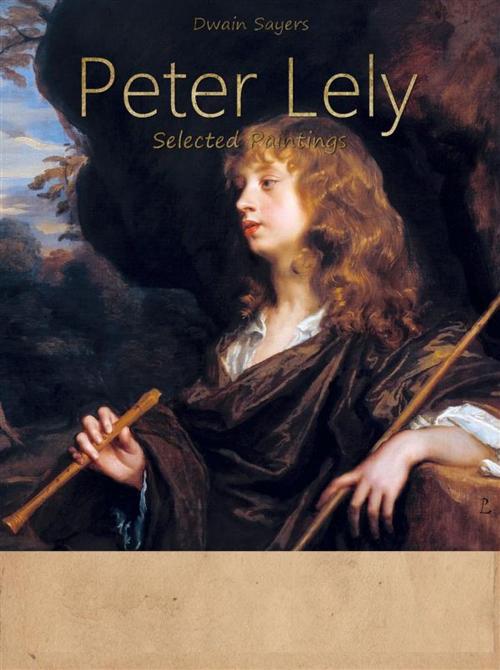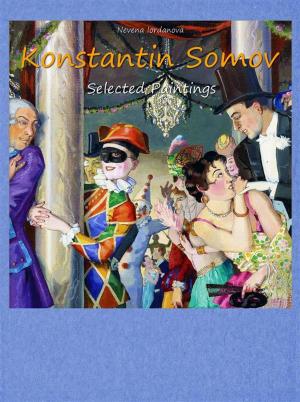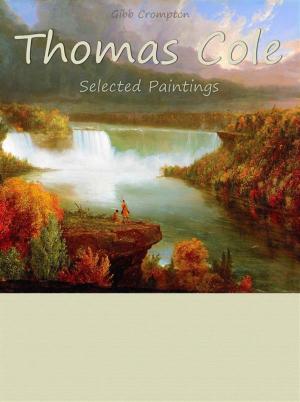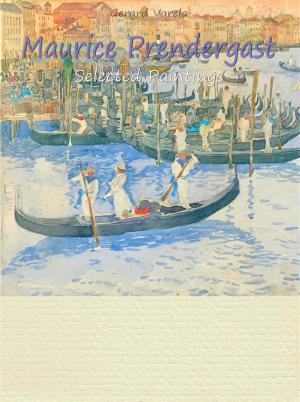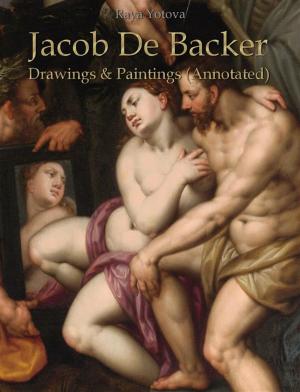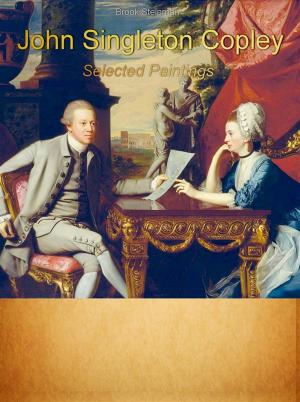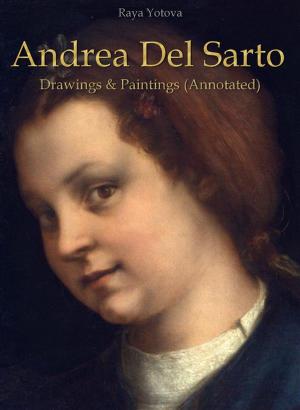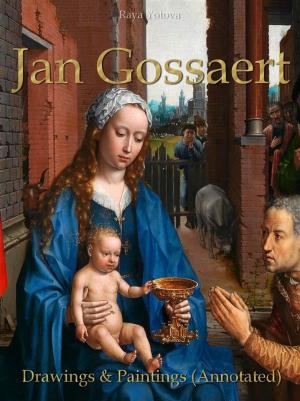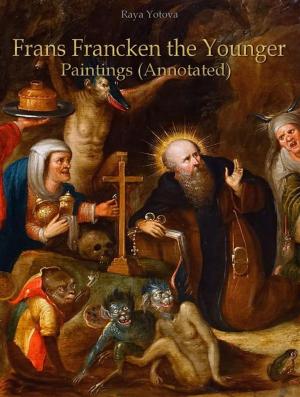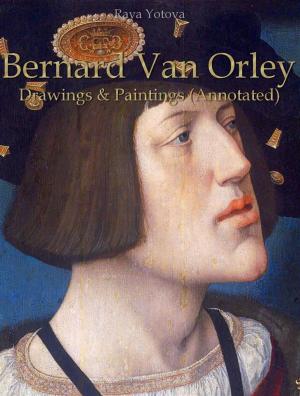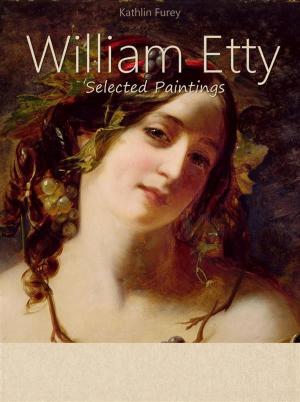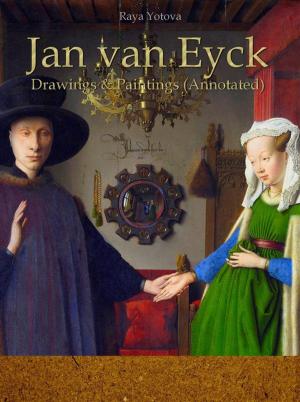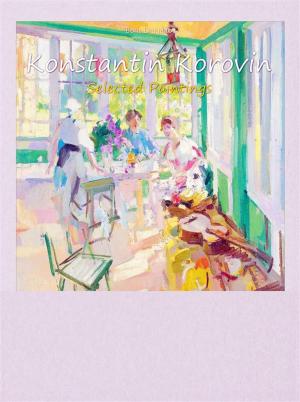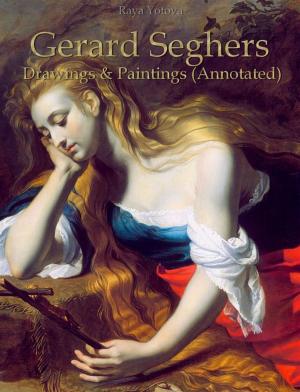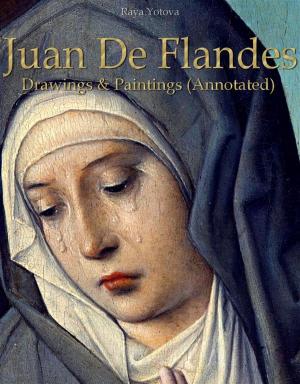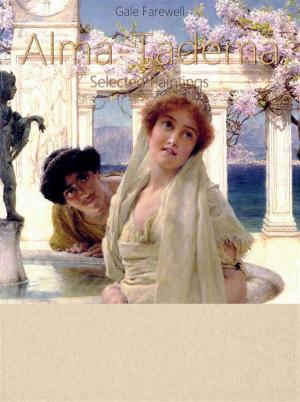Peter Lely: Selected Paintings (Colour Plates)
Nonfiction, Art & Architecture, Art History, European, General Art| Author: | Dwain Sayers | ISBN: | 9788827505366 |
| Publisher: | Publisher s13381 | Publication: | October 23, 2017 |
| Imprint: | Language: | English |
| Author: | Dwain Sayers |
| ISBN: | 9788827505366 |
| Publisher: | Publisher s13381 |
| Publication: | October 23, 2017 |
| Imprint: | |
| Language: | English |
Sir Peter Lely (1618 – 1680) was a painter of Dutch origin, whose career was nearly all spent in England, where he became the dominant portrait painter to the court.
Lely was born Pieter van der Faes to Dutch parents in Soest in Westphalia,[1] where his father was an officer serving in the armed forces of the Elector of Brandenburg. Lely studied painting in Haarlem, where he may have been apprenticed to Pieter de Grebber. He became a master of the Guild of Saint Luke in Haarlem in 1637. He is reputed to have adopted the surname "Lely" from a heraldic lily on the gable of the house where his father was born in The Hague.
He arrived in London in around 1641, which was marked by the death of Anthony van Dyck in December. His early English paintings, mainly mythological or religious scenes, or portraits set in a pastoral landscape, show influences from Anthony van Dyck and the Dutch baroque. Lely's portraits were well received, and he succeeded Anthony van Dyck as the most fashionable portrait artist in England. He became a freeman of the Painter-Stainers' Company in 1647 and was portrait artist to Charles I. His talent ensured that his career was not interrupted by Charles's execution, and he served Oliver Cromwell, whom he painted "warts and all", and Richard Cromwell.
After the English Restoration in 1660, Lely was appointed as Charles II's Principal Painter in Ordinary in 1661, with a stipend, as Van Dyck had enjoyed in the previous Stuart reign. Lely became a naturalized English subject in 1662. The young Robert Hooke came to London to follow an apprenticeship with Lely before being given a place at Westminster School by Richard Busby.
Demand was high, and Lely and his large workshop were prolific. After Lely painted a sitter's head, Lely's pupils would often complete the portrait in one of a series of numbered poses. As a result, Lely is the first English painter who has left "an enormous mass of work", although the quality of studio pieces is variable.
Sir Peter Lely (1618 – 1680) was a painter of Dutch origin, whose career was nearly all spent in England, where he became the dominant portrait painter to the court.
Lely was born Pieter van der Faes to Dutch parents in Soest in Westphalia,[1] where his father was an officer serving in the armed forces of the Elector of Brandenburg. Lely studied painting in Haarlem, where he may have been apprenticed to Pieter de Grebber. He became a master of the Guild of Saint Luke in Haarlem in 1637. He is reputed to have adopted the surname "Lely" from a heraldic lily on the gable of the house where his father was born in The Hague.
He arrived in London in around 1641, which was marked by the death of Anthony van Dyck in December. His early English paintings, mainly mythological or religious scenes, or portraits set in a pastoral landscape, show influences from Anthony van Dyck and the Dutch baroque. Lely's portraits were well received, and he succeeded Anthony van Dyck as the most fashionable portrait artist in England. He became a freeman of the Painter-Stainers' Company in 1647 and was portrait artist to Charles I. His talent ensured that his career was not interrupted by Charles's execution, and he served Oliver Cromwell, whom he painted "warts and all", and Richard Cromwell.
After the English Restoration in 1660, Lely was appointed as Charles II's Principal Painter in Ordinary in 1661, with a stipend, as Van Dyck had enjoyed in the previous Stuart reign. Lely became a naturalized English subject in 1662. The young Robert Hooke came to London to follow an apprenticeship with Lely before being given a place at Westminster School by Richard Busby.
Demand was high, and Lely and his large workshop were prolific. After Lely painted a sitter's head, Lely's pupils would often complete the portrait in one of a series of numbered poses. As a result, Lely is the first English painter who has left "an enormous mass of work", although the quality of studio pieces is variable.
